South Island
Oban
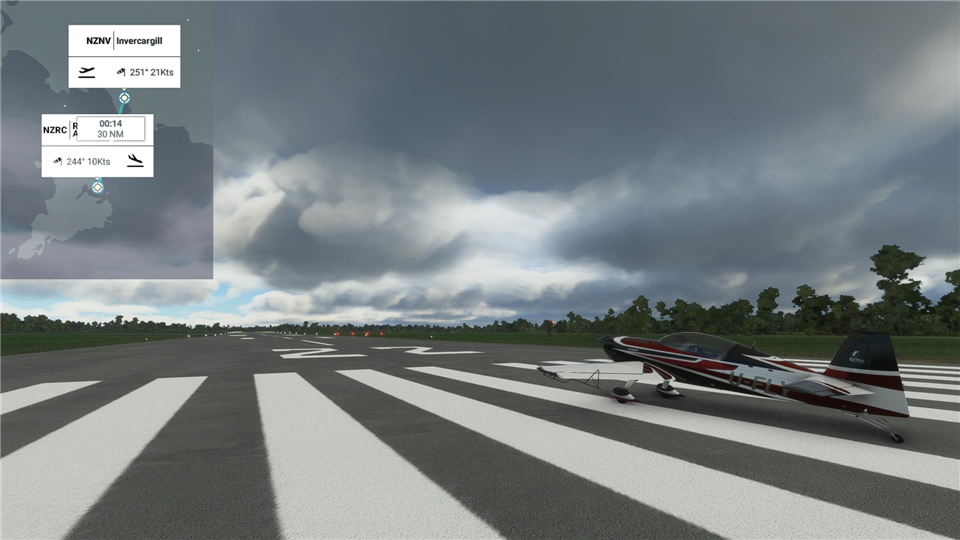
Today it's about the shortest flight ever. We're just going to nip over Foveaux Strait to Stewart Island, and Oban in particular. I've lumped Stewart in with South Island which is a bit of a lazy approach to things, but there is precedent. Stewart was part of Munster, the South Island, historically. It is 1,746 square kilometers in area which should qualify it as its own Island for political purposes, but since it is so far south it is somewhat inhospitable, and its full-time population is only 408 souls, which is why it gets lumped in with South Island.
Foveaux Strait, whose proper name is one of Te Ara a Kiwa, The Path of Kiwa, or Te Ara a Kewa, The Path of the Whale, was created when an ancestor named Kiwa summoned a whale to create a waterway here. The waterway it created is 130 km long and between 14 and 50 km wide, but only between 20 and 120 meters deep, so it was dry land during the Pleistocene. Whales were evolving during this period, so this all checks out.
Pitter patter.
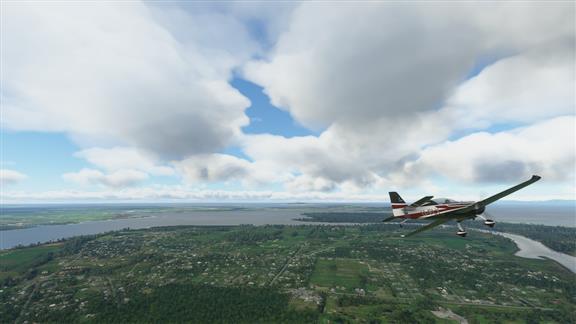 Invercargill is as flat as a pancake, and I think that may have steeped into the local Zeitgeist, to completely misuse the word. If you google Invercargill pancake you get a surprising number of hits.
Invercargill is as flat as a pancake, and I think that may have steeped into the local Zeitgeist, to completely misuse the word. If you google Invercargill pancake you get a surprising number of hits.
|
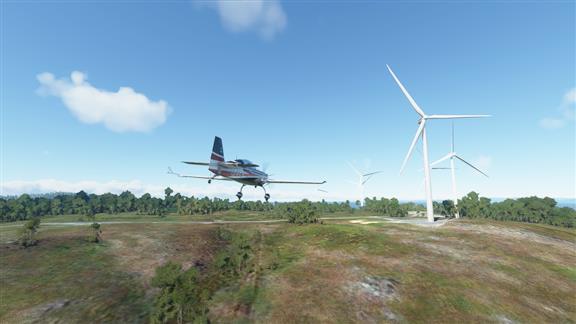 Haven't seen so many of these guys in Enzed. They're going to be popping up near Oban, which currently generates its electricity with Diesel, making it about the most expensive electricity coming from a utility that you can get.
Haven't seen so many of these guys in Enzed. They're going to be popping up near Oban, which currently generates its electricity with Diesel, making it about the most expensive electricity coming from a utility that you can get.
|
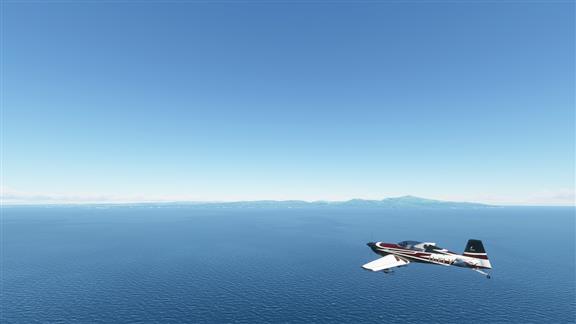 That must have been some whale that Kiwa had.
That must have been some whale that Kiwa had.
|
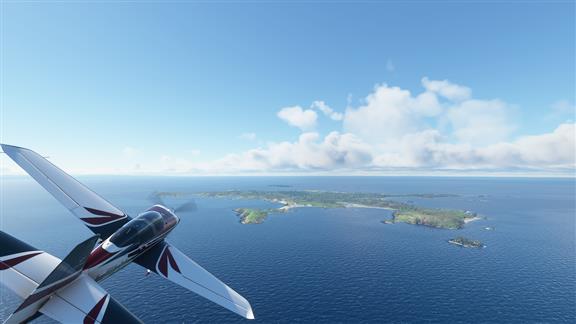 Ruapuke (two hills) Island. Uninhabited, unless you are a yellow-eyed penguin. In 1840 it was home to around two hundred Ngai Tahu, and that made it of significance to Thomas Bunbury and Henry Williams, who were tasked with obtaining signatures representing all Māori on the South Island for the Waitangi Treaty. So they pulled into harbour here and had quite the signing ceremony. Interestingly, chief Hone Tūhawaiki used the nom-de-plume John Touwaick for his signature. He could also have used one of the other names he used in his dealings with the Pākehā, John Tūhawaiki or Jack Tūhawaiki, or simply Bloody Jack as he was commonly known.
Ruapuke (two hills) Island. Uninhabited, unless you are a yellow-eyed penguin. In 1840 it was home to around two hundred Ngai Tahu, and that made it of significance to Thomas Bunbury and Henry Williams, who were tasked with obtaining signatures representing all Māori on the South Island for the Waitangi Treaty. So they pulled into harbour here and had quite the signing ceremony. Interestingly, chief Hone Tūhawaiki used the nom-de-plume John Touwaick for his signature. He could also have used one of the other names he used in his dealings with the Pākehā, John Tūhawaiki or Jack Tūhawaiki, or simply Bloody Jack as he was commonly known.Ordinarily, a Māori warrior with a name like Bloody Jack would not be welcome in polite society. But Jack determined early on that the English made better friends than enemies. He began capitalizing on this friendship when whalers would visit him for things that whalers needed, and he would regale one and all with his filthy and colourful mastery of the English language. So he got the nickname Bloody Jack. This would haunt him later when he converted to Christianity, more particularly the brand of Christianity to be found in Southland. Somewhat dour. |
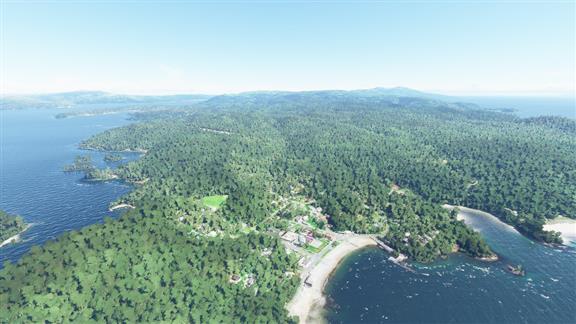 And there's Oban already. Short flight. Oban is the only town on Stewart Island, or Te Punga o Te Waka a Māui, The Anchor Stone of Māui's Canoe, or Te Rakiura a Te Rakitamau, Great Blush of Rakitamau, or just simply Rakiura, Glowing Skies. Depends what story you're hearing at the time.
And there's Oban already. Short flight. Oban is the only town on Stewart Island, or Te Punga o Te Waka a Māui, The Anchor Stone of Māui's Canoe, or Te Rakiura a Te Rakitamau, Great Blush of Rakitamau, or just simply Rakiura, Glowing Skies. Depends what story you're hearing at the time.Stewart Island has traditionally been sparsely populated, more of a seasonal thing really, and so it is a haven for flightless birds, especially penguins, as there are few introduced predators. Around 85% of the island is actually Rakiura National Park, and is a great place to hike. |
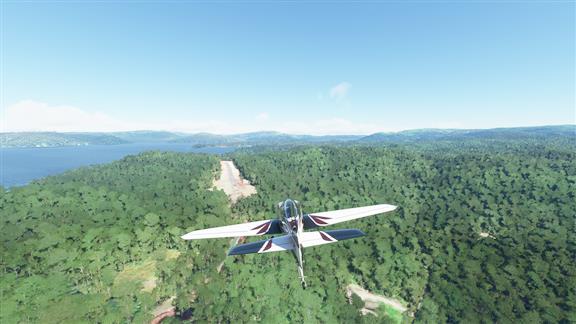 Now that's one intense airstrip. 2,600 feet is plenty for us, but there's a scheduled flight between here and Invercargill. I'm not sure what kind of passenger plane you get in and out of here.
Now that's one intense airstrip. 2,600 feet is plenty for us, but there's a scheduled flight between here and Invercargill. I'm not sure what kind of passenger plane you get in and out of here.Anyhow, that's it for Māui's Anchor. Tomorrow we're off to see fjords. |